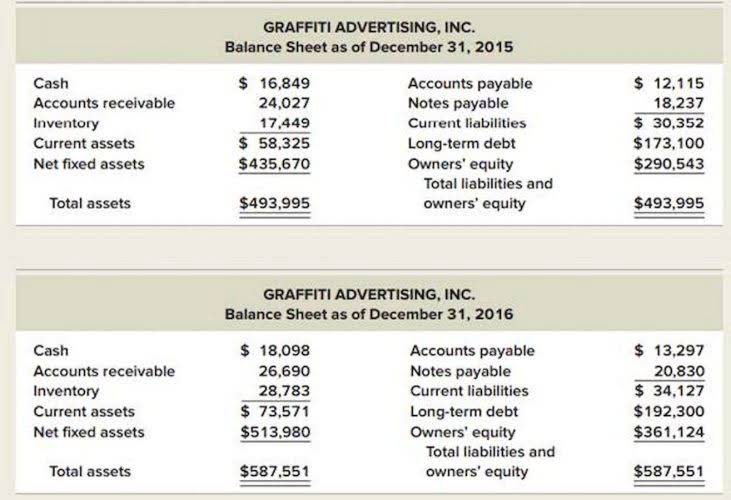Invoice Financing: Definition & How it Works

The main benefit of accounts receivable financing is that it frees up the cash tied to your outstanding invoices. With more capital available, you can cover day-to-day expenses, take in more customers and invest in growth opportunities. With invoice https://www.bookstime.com/ financing, you pay for fast and immediate access to your capital, freeing up your cash flow that’s being held up in unpaid invoices. Unlike with invoice financing, these contracts often offer to handle invoicing and debt collection on your behalf.
- Both invoices discounting and factoring are potential solutions to dealing with slow cash flow.
- You do not need to negotiate new terms with an invoice finance provider as the facility is sales led.
- It’s used commonly in industries with long billing cycles, such as clothing, retail, manufacturing, etc.
- The business then pays back that amount to the lender once the invoice finally gets paid.
- The good news is that invoice financing is available to small businesses with less-than-perfect credit records.
- You typically don’t need other forms of collateral like real estate, equipment, or inventory to qualify.
It is also possible to apply bad debt protection to a specific invoice. Factors like the size of your business, the sector you operate in and your customers’ creditworthiness also affect these prices. It is becoming increasingly popular among small business owners because of its convenience. Invoice financing services can save your business in a pinch because you can access working capital quickly. Instead of maintaining ownership, your business sells your customer invoices to the lending company.
What businesses should consider invoice financing?
Unless the services are rendered or the goods are shipped to the customer, this type of invoice is not eligible for invoice finance solutions. The lenders can either set the invoice financing as a term financing where you’ll receive a lump sum of cash or a line of credit where you’ll be given access to a credit line with a set limit. After submitting your invoices, the lender will evaluate your business’s eligibility. They typically perform a background check on both the company and its customers.
Let’s dive into what you need to know about invoice financing, including what it is, why you might use it, and its advantages and drawbacks. Invoice financing (or accounts receivable financing) has a lot going for it in the right situation, but there are also drawbacks you should invoice financing consider. Let’s look at invoice financing and what to expect when you apply for it. The offers that appear on this site are from companies that compensate us. But this compensation does not influence the
information we publish, or the reviews that you see on this site.
Is invoice financing a good idea for a business?
Non-recourse financing means the factoring or financing company is out of luck if the invoice isn’t paid. Note that invoice financing or factoring is not a substitute for debt collection. While quick approvals can help you solve cash flow issues almost immediately, you will pay for that convenience. The world’s first financial health suite that streamlines access to the best financing options. Compare your top small business financing options, from over 160 financial products – with Nav. A business line of credit approves a set amount of funding you can draw from over a period of time.
The company is going to charge a 1% factor rate for each week it takes the customer to pay the invoice, as well as a 3% processing fee. In this case, it takes the customer two weeks to pay the invoice, so you’ll be paying 2% in factoring fees ($2,000), plus the 3% ($3,000) processing fee. When your customer pays the invoice, you receive the remaining 15%, minus the lender’s fees. Typically, you’ll be charged a processing fee (about 3%), as well as a factor fee. The factor fee, usually about 1% to 2%, is charged on the total value of the invoice for each week it takes the customer to pay.
Why is invoice factoring risky?
They will give you a cash advance, typically worth 75-90% of the invoice’s value, within as little as 48 hours. Small businesses, in particular, may have limited funds available, meaning that money tied up in unpaid invoices can have a major impact on cash flow. Simply put, invoice financing is the process of turning outstanding invoices that you have issued to your customers into cash. Rather than having to wait for 30, 60, or even 90 days (depending on your terms) for a customer to make a payment, just send a copy of the invoice to your invoice financing provider. They will give you a cash advance, typically worth 75-90% of the invoice’s value, within as little as 48 hours (depending on your provider). The overall APR, typically 15-35%, is high compared to that of banks or online term lenders.
